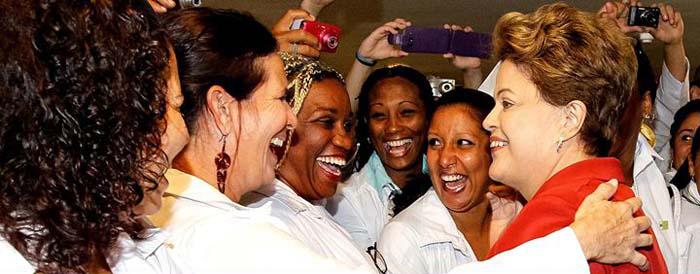Cuba Loses its Lucrative Business Leasing Doctors to Brazil
Offended by president-elect Jair Bolsonaro, the government of Diaz-Canel announces the withdrawal of its doctors from the “More Doctors” program

HAVANA TIMES – The Cuban government announced today its withdrawal from the “More Doctors” program in Brazil, alleging that president-elect Jair Bolsonaro wants to change the conditions and directly hire doctors without the intermediation of the Cuban state, reported dpa.
The Cuban authorities pointed out that Bolsonaro questioned the preparation of the Cuban doctors and wants to condition “their remaining in the program to the revalidation of their medical degrees” and that they would be “contracted individually.”
“The announced modifications impose unacceptable conditions and violate the guarantees agreed since the beginning of the Program,” said an official statement from Cuba’s Ministry of Public Health.
Cuba has participated in the program since August 2013 when Dilma Rousseff, political ally of the Castro Government, was in the presidency.

The former Brazilian president, ousted by the legislature in 2016, started the program Más Médicos, with a majority participation of Cuban doctors.
Since its creation, nearly 20,000 Cuban collaborators have participated in “Más Médicos”, through contracting between the Cuban State and the Pan American Health Organization (PAHO), which was an intermediary with Brazil.
The Brazilian government pays around US $3,500 dollars per month for each doctor, but Cuban doctors only receive about $900 dollars, leaving the rest for the Cuban government. The government claims that it uses the money to finance the public health system on the island, where the services are free for the entire population.
The export of medical services is one of the main sources of income for the Cuban Government, which maintains health professionals in more than 60 countries, generating more than $10 billion annually.
